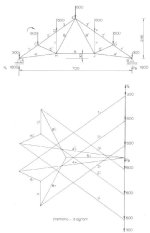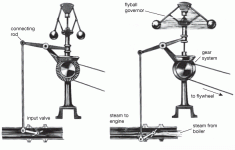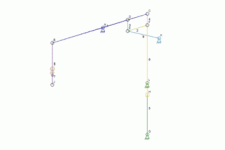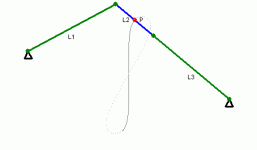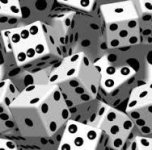beero1000
Veteran Member
An interest of mine is in the physical manifestations of mathematical ideas. I really enjoy simple objects that implicitly utilize mathematics to perform a task. I've been toying with course ideas in that regard - maybe named something like "Mechanical Mathematics". I think that would be a cool class to teach (and take, I hope).
I came across this video on youtube recently. Contrary to it's title, there is math going on (a generalization of Thales' theorem). Using a simple jig made of straight pieces of wood, you can trace curves that are arcs of large circles without finding the center or radius. Particularly useful for carpentry.
Thales' theorem). Using a simple jig made of straight pieces of wood, you can trace curves that are arcs of large circles without finding the center or radius. Particularly useful for carpentry.
Another favorite of mine are the planimeters - tools that measure area (using Green's theorem)
Green's theorem)
There are many more like that. Ingenious people solved problems well before the modern age allowed easy digital computation. There are mechanical governors, analog control systems, linkages, etc. Do you know any other good ones?
I came across this video on youtube recently. Contrary to it's title, there is math going on (a generalization of
Another favorite of mine are the planimeters - tools that measure area (using
There are many more like that. Ingenious people solved problems well before the modern age allowed easy digital computation. There are mechanical governors, analog control systems, linkages, etc. Do you know any other good ones?



